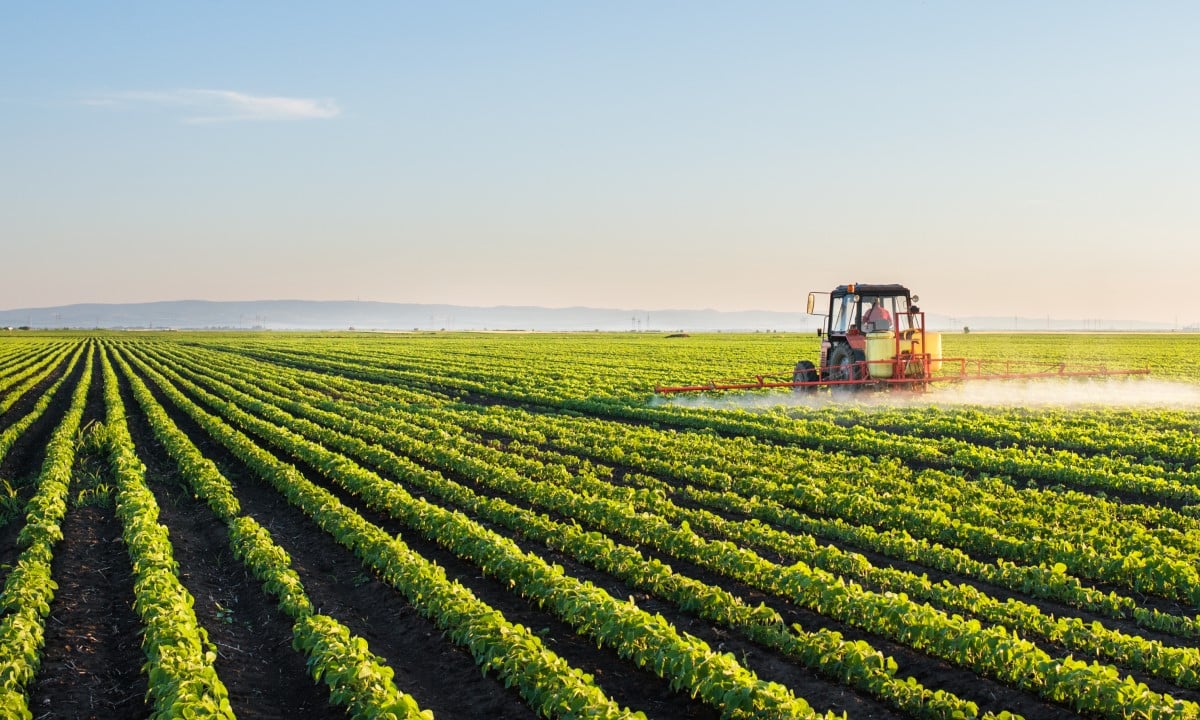YETRAC
Intensive Farming: Balancing Yields and Sustainability
Intensive Farming: Balancing Yields and Sustainability
Intensive farming, often referred to as industrial or conventional agriculture, is a method of crop and animal production that maximizes output per unit of land. It’s characterized by high input levels, including capital, labor, agrochemicals, and water. The primary goal of intensive farming is to increase yields, making it a dominant practice in modern agriculture.
Intensive Farming History
Intensive farming has its roots in the Industrial Revolution. Throughout the 16th to mid-19th century in Britain, significant advances in agricultural productivity occurred, which, in turn, contributed to population growth and helped fuel the Industrial Revolution. Enclosure, mechanization, crop rotation, and selective breeding were key innovations during this period. The advent of machinery, like the McCormick reaper and the cotton gin, dramatically increased productivity. Steam-powered threshers and tractors further revolutionized agriculture. The 20th century brought synthetic fertilizers, antibiotics, and vaccines, which allowed livestock to be raised indoors. Post-World War II, synthetic fertilizers and advanced logistics made industrial agriculture even more efficient.
Intensive Farming Techniques and Technologies
1 Livestock Farming
Intensive animal farming, or factory farming, involves raising large numbers of animals in confinement at high stocking density. This method aims to provide maximum output at minimal cost. Animals are kept indoors and provided with food, water, antibiotics, and sometimes growth hormones. However, it poses ethical concerns and has led to the development of more humane and sustainable practices, like rotational grazing.
2 Crop Farming
The Green Revolution was a pivotal development, introducing high-yielding crop varieties, pesticides, and synthetic nitrogen fertilizers. Genetically modified organisms (GMOs) that are herbicide-tolerant or insect-resistant have also become an integral part of modern agriculture.
3 Aquaculture
Intensive aquaculture, both on land and in cages in the ocean, involves the cultivation of aquatic organisms. This method is employed to meet the increasing global demand for seafood. However, it comes with its own set of sustainability challenges.
4. Sustainability in Intensive Farming
Intensive farming practices can be made more sustainable by employing various techniques and technologies:
1 Pasture Intensification
Pasture intensification involves improving pasture soils and grasses to increase livestock food production. This method reverses pasture degradation, ultimately leading to more productive and carbon-efficient livestock systems.
2 Crop Rotation
Crop rotation is the practice of growing different types of crops in sequential seasons. It helps avoid soil nutrient depletion, disease buildup, and maintains soil fertility.
3 Irrigation
Crop irrigation is essential, but it accounts for a significant amount of the world’s freshwater use. Techniques like drip irrigation and water catchment management can make irrigation more efficient and sustainable.
4 Weed Control
Weed control is crucial in intensive farming to ensure optimal crop growth. Methods include herbicides, cover crops, crop rotation, and other strategies to minimize the need for synthetic chemicals.
5 Terrace Farming
Terrace farming is a method used to slow or prevent surface runoff and soil erosion on hilly land. It’s often seen in regions like Bali and the Philippines, where it helps create more arable land.
6 Paddy Fields
Paddy fields are flooded parcels of land for growing rice. They provide an ideal environment for rice and are found in many rice-growing countries in Asia.
7 Agroforestry
Agroforestry combines agriculture and orchard/forestry technologies to create more integrated, diverse, productive, and sustainable land-use systems.
8 Intercropping
Intercropping can increase yields and reduce inputs, making it a potentially sustainable intensification method. However, it requires innovative farming practices and more labor.
9 Vertical Farming
Vertical farming is a novel approach to crop production, where multi-story, artificially-lit structures are used to grow crops like herbs, microgreens, and lettuce. It has the potential to increase urban food production sustainably.
10 Integrated Farming Systems
Integrated farming systems combine various ecosystems into a single optimized framework. These systems can create synergies and improve soil fertility, plant usage, pest control, and biodiversity.
11 Holistic Management
Holistic management focuses on regenerating soil health and ecosystem services. It includes practices like pasture cropping, which builds topsoil and sequesters carbon.
Challenges
1 Environmental Impact
Intensive farming’s environmental impact is significant. It uses vast amounts of water, energy, and industrial chemicals, contributing to pollution and climate change. There are concerns about the pollution of ground and surface waters, oceanic dead zones, loss of biodiversity, and the development of pesticide-resistant pests.
2 Social Impact
Intensive farming often leads to larger farms and a reduction in the number of small farms, which can negatively affect rural communities. Monoculture practices and high-stress environments for animals have raised ethical concerns, resulting in calls for more sustainable and humane practices.
Iintensive farming is both a boon and a bane. While it has significantly increased agricultural productivity, it’s essential to balance these gains with sustainable practices to mitigate its environmental and social impacts. Advances in farming methods and a shift towards sustainability are key to ensuring a productive and environmentally responsible future for agriculture.

